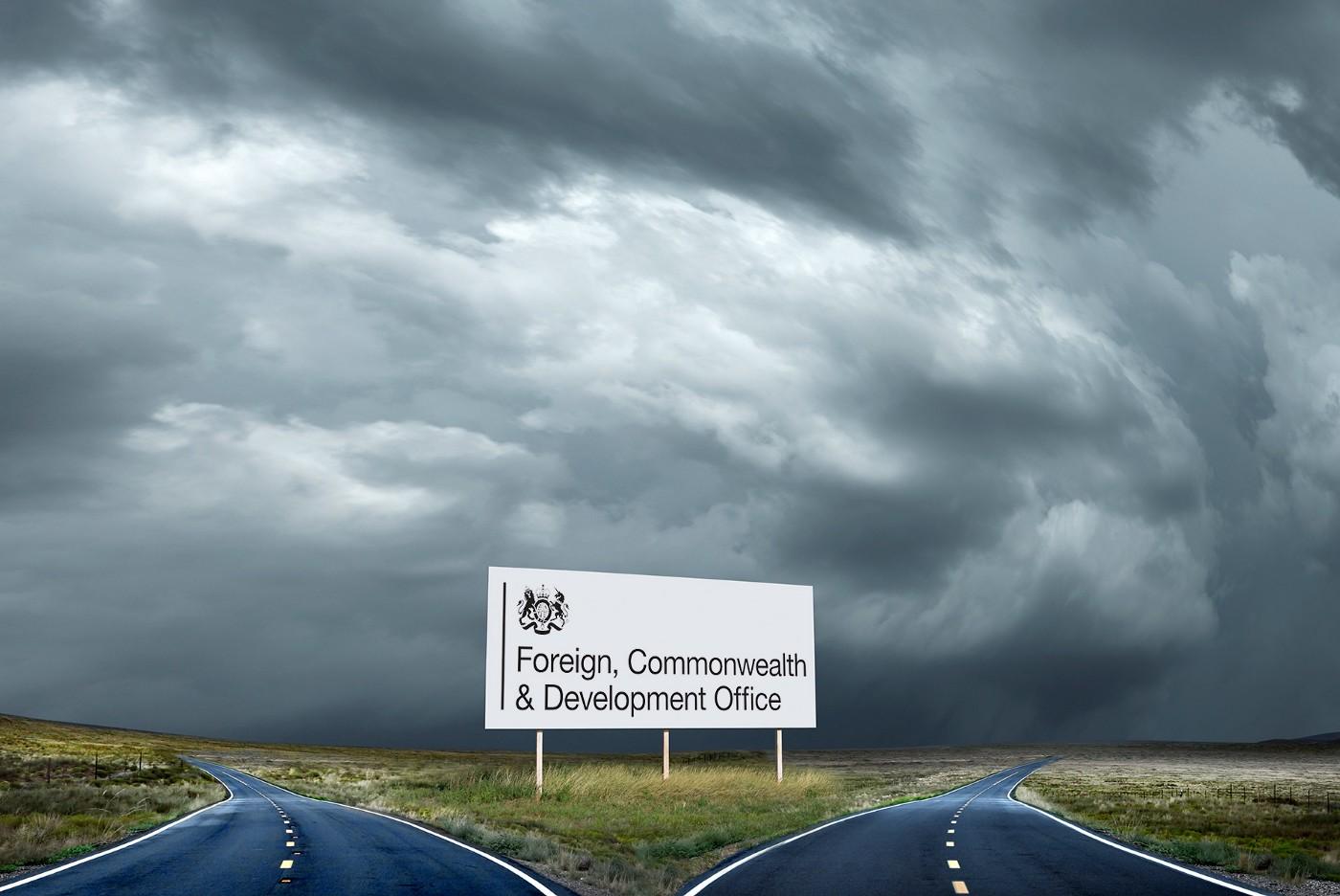Blog
Twenty years with anti-corruption: reflections on reflections

I was once told, ‘after a dive to the depths, the best remedy is to go to the mountaintop’. Having completed my U4 series of ten reflections on lessons learned from my 20-year journey leading the UK Department for International Development’s (DFID) anti-corruption efforts, I asked myself: have I learned anything further from all this?
One thing that is clear with corruption: it’s not a case of being more the wiser the more you know. Knowing more seems just to make the problem a whole lot harder. At the start of the U4 series, I knew I wasn’t going to be providing many answers. The DFIDs of this world seem just as baffled now as they were two decades ago. If I have been able to refine the questions a little better, I count that as a plus. And perhaps I’ve been able to offer some glimpses of how a more promising way forward might look.
The bigger picture from the mountaintop tells us a few things we can’t see at ground level. In writing this collection on our efforts so far, I have been struck by three recurring vexations about how we do our business.
Each disrupts our carefully honed norms of development practice. Together, they confound the anti-corruption struggle, in ways that are unlike most other development challenges. Can it be that these ‘jokers in the pack’ provide the clues as to why corruption remains such an elusive prey for those hunting it down? Are these the reasons why we have not had anywhere near the success that the optimism of the early years seemed to promise?
An enemy that fights back
First, many of the areas we look to reform have an annoying habit of ending up better serving corruption than working against it.
We strengthen laws and legal systems. Yet the corrupt seem easily able to outwit the formal processes, buying expensive legal help that endlessly strings out cases. We look to strengthen law enforcement, but the systems in place for gathering evidence and sharing information between jurisdictions seem stuck in the past. Meanwhile, for the criminals, it still a case of ‘corruption-sans frontières’. We increase regulation of financial services. Yet the industry appears supremely creative and always ahead of the curve, with new vehicles and centres to facilitate the corrupt.
So the standard simplicities of development theology — what works to improve health delivery or education or build infrastructure — doesn’t suffice when going after corruption.
And then there’s the politics. Even in ordinary times this area lies at the very edge of a development agency’s skillset. It completely flummoxes us where corruption is concerned. At home, domestic bureaucratic politics is a minefield. Here, the varied interests of our own governments will often be in conflict with those of the anti-corruption aspirant. Meanwhile, supposed colleagues seek to frustrate rather than encourage. And abroad, we have to contend with the messiness and unpredictabilities of local politics, and follow the diplomatic imperative of having to be polite at all times.
’Wrong-way round’ working
Trap two follows as a logical consequence. What strikes me about anti-corruption work as done by donors is how often we appear to get things the wrong way round. As I pointed out in Five reasons why aid providers get it all wrong on anti-corruption, donors’ tools seem to shape their choice of actions, not the other way around. Instead of inventing new ways of working that reflect the peculiarities of this subject, we shoe-horn the problem into the comfortable norms of our profession. We have shown remarkable resilience in holding to our standard operating procedures, despite overwhelming evidence of the lack of success. This is clearly the wrong way round.
Over two decades, donors have poured hundreds of millions of aid resources into drafting stronger laws and equipping investigators to enforce them. This despite the surroundings being so evidently unwelcoming. The assumption seems to be that good law will change behaviour. Yet this too may be the wrong way around. There is a strand of legal thinking that suggests that laws work only when a society is ‘ready’ for them. It is these societies — in our case, ones ready to tackle corruption — that end up producing strong laws, not the other way round. A law, however well-crafted by experts or forceful in intent, does not convert society.
I think, in the UK, of the contrast between the much-derided laws against public littering and those against smoking. The latter has been incredibly effective in wiping out a social practice of generations almost overnight. Yet the former still fails miserably after more than 50 years in force. Did the anti-smoking law catch a deep but latent animosity in society towards smoking that made it easier to become a social norm?
Again, we devote much effort to building ‘strong institutions’ as a route to curbing corruption. But evidence suggests the opposite is true. The many examples where corruption has been curtailed seemingly without direct anti-corruption measures suggest that strong institutions may actually turn out to be the result of getting on top of corruption, not the cause for its reduction.
In line with orthodox development theory, an extraordinary degree of emphasis is put on the importance of those in charge ‘owning’ the reforms. Yet can there be anything less likely than perpetrators of corruption being willing to ‘own’ reforms that will undermine their interests?
Again, the standard operating procedures of development practice come up short.
A self-imposed straitjacket
Trap three is the array of constraints we choose to impose on ourselves. We organise around ‘projects’, implying we see the problem as a neat package. We also organise with timelines — cycles of three to five years — that are mostly irrelevant in terms of having effects on corruption. We lose the ability to be responsive and flexible because of the way our activities have to be cemented in place at the outset (on the basis of an often-prolonged planning stage). And also, because they must be delivered in a milestone- and indicator- driven straitjacket. This satisfies risk management, but essentially disables a donor from departing very far from the journey that has been set down by these tram lines.
These are uncomfortable reflections. They challenge many deep-seated norms of donor practice. There are no quick or obvious answers, but rather some clear questions we need to pose to ourselves: Why continue the seemingly fruitless effort to try to defeat corruption with the same tools we’ve tried for so long? Do we need to approach corruption in a different way to our orthodox development practice that appears self-limiting? What would this look like, and who would play a part? We need to attend to these questions because so far, it is pretty clear that corruption outmanoeuvres us, gets us looking in the wrong direction, and draws us into a grand illusion of activity.
Aesop warned in his fable of The Dog and the Shadow: ‘Beware lest you lose the substance by grasping at the shadow’. I reckon we’ve been doing just that.
Disclaimer
All views in this text are the author(s)’, and may differ from the U4 partner agencies’ policies.
This work is licenced under a Creative Commons Attribution-NonCommercial-NoDerivatives 4.0 International licence (CC BY-NC-ND 4.0)


